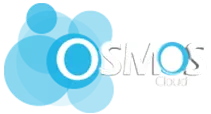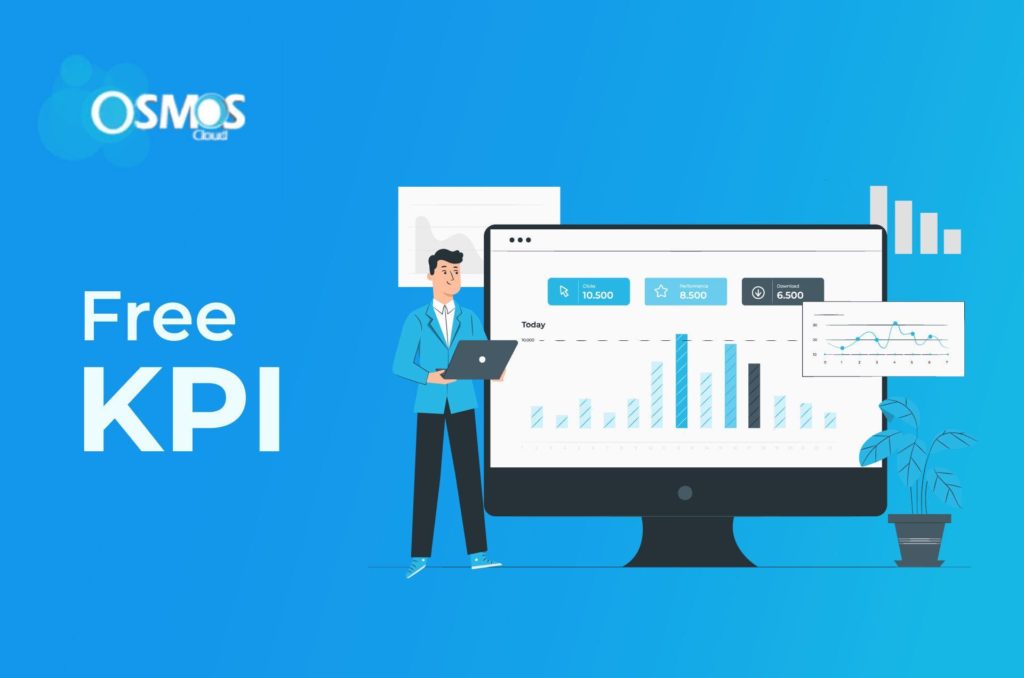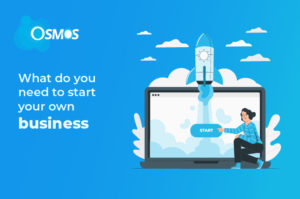Considering free KPI dashboards for your business can save you a lot of time and money. Dashboards can be very expensive, and if you’re not careful, they can quickly become outdated. Using a free dashboard lets you keep your information up to date without spending any money.
In today’s article, we will cover the best practices businesses should follow when creating free KPI dashboards. So, let’s get in:
At the end of this article we have provided a free KPI dashboard that you can use.
What Is A KPI Dashboard?
A KPI dashboard is a visual tool used to track and monitor key performance indicators (KPIs) in order to assess the overall performance of an organization or business. A typical KPI dashboard will display KPIs in charts, graphs, and other visualizations, making it easy to see how well (or poorly) an organization is performing against specific metrics.

KPI dashboards can be used to track various KPIs, depending on the organization’s needs. Some common KPIs often tracked with a KPI dashboard include financial indicators such as revenue and profit, operational indicators such as production output or customer satisfaction, and even human resource indicators such as employee turnover or training completion rates.
When used effectively, a KPI dashboard can be an invaluable tool for tracking the performance of an organization and identifying areas that need improvement. By regularly monitoring KPIs, businesses can make data-driven decisions about where to focus their efforts in order to achieve the greatest impact.
Additionally, publicly sharing KPIs (such as on a company website or intranet) can help improve an organization’s transparency and accountability.
4 Best Practices To Create Free KPI Dashboard
1. Outline End User Needs
When starting to design a free KPI dashboard, it is important to first outline the project’s needs. This will help ensure that the final product meets the organization’s specific requirements.
Additionally, an understanding of the data that will be used in the dashboard will help to determine which charts and graphs are best suited for display. Once the goals and data have been determined, the next step is to begin designing the dashboard itself.
There are a few different ways to go about this process. One option is to use a drag-and-drop interface that allows users to simply select the various elements they want to include in their dashboard. Another approach is to use a template that can be customized to fit the project’s specific needs.
Regardless of the method used, it is important to keep in mind that the goal is to create a informative and visually appealing dashboard. The use of colours, fonts, and other design elements should all be taken into consideration when putting together the final product.
2. Activate Real-time Data Updates
It is important to activate real-time data updates when designing a free KPI dashboard because this ensures that the information displayed on the dashboard is always accurate and up-to-date. This is vital for making informed decisions based on the KPIs being monitored and detecting any changes or trends in the data over time.
Real-time data updates also make it possible to quickly and easily share the dashboard with others, as they can be confident that they are looking at the most recent data. There are a number of different ways to activate real-time data updates on a free KPI dashboard.
One option is to use a web-based service such as Google Sheets or Microsoft Excel Online, which will automatically update the data whenever changes are made to the underlying spreadsheet. Another option is to use a desktop application such as Tableau Public, which can be configured to refresh the data regularly.
Whichever method is used, it is important to ensure that all dashboard users have access to the latest data. This can be achieved by scheduling regular updates or by providing a link to the updated dashboard that can be accessed at any time. Taking these steps makes it possible to ensure that a free KPI dashboard always provides accurate and up-to-date information.
3. Make it Interactive
Interactive dashboards are important for several reasons. They can help businesses track progress, identify issues and areas for improvement, and make better decisions.
Interactive dashboards also help engage employees and get them involved in decision-making. By providing employees with a way to see how their work impacts the company’s bottom line, they are more likely to be motivated to do their best work.
Finally, they can help businesses save time and money. Businesses can avoid the costly and time-consuming process of manually gathering and analyzing data by automating data collection and analysis.
Overall, interactive dashboards offer a number of benefits for businesses. Making data more accessible and understandable can help businesses make better decisions, save time and money, and engage employees.
4. Design Easy Interface
It is important to design an easy interface for free KPI because it allows users to quickly and easily see the performance of their business. By having a clear and concise interface, businesses can make better decisions about how to improve their operations. Additionally, interfaces that are easy to use help reduce training costs for new employees.
An easy-to-use interface for free KPI is a valuable asset because it helps users get the information they need without having to waste time trying to figure out how to use the tool. In addition to being easy to use, an interface for free KPI should also be visually appealing. After all, if a user cannot stand looking at the interface, they are unlikely to use it.
Therefore, businesses should consider the overall aesthetics of their interface when designing it. Ultimately, an interface for free KPI is only as good as the data it provides. In order for businesses to make the most informed decisions, they need accurate and up-to-date information. An interface that is easy to use and provides accurate data is a valuable asset for any business.
When designing an interface for free KPI, businesses should consider the needs of their users. By taking the time to understand the specific needs of their target audience, businesses can create an interface that is both easy to use and provides the information that users need.
Final Thoughts
Free KPI dashboards can help you improve your decision-making process. By seeing your KPIs in one place, you can more easily identify which ones are most important to your business. This can help you make better decisions about where to allocate your resources.
In here you will find a free KPI dashboard that we have created for you. Hope it will be useful!








